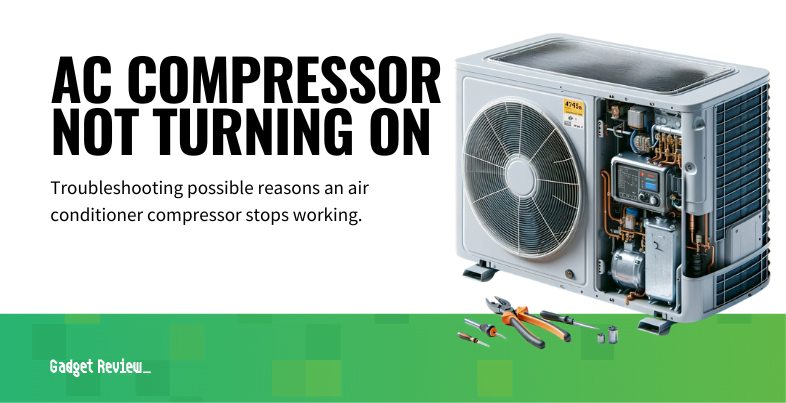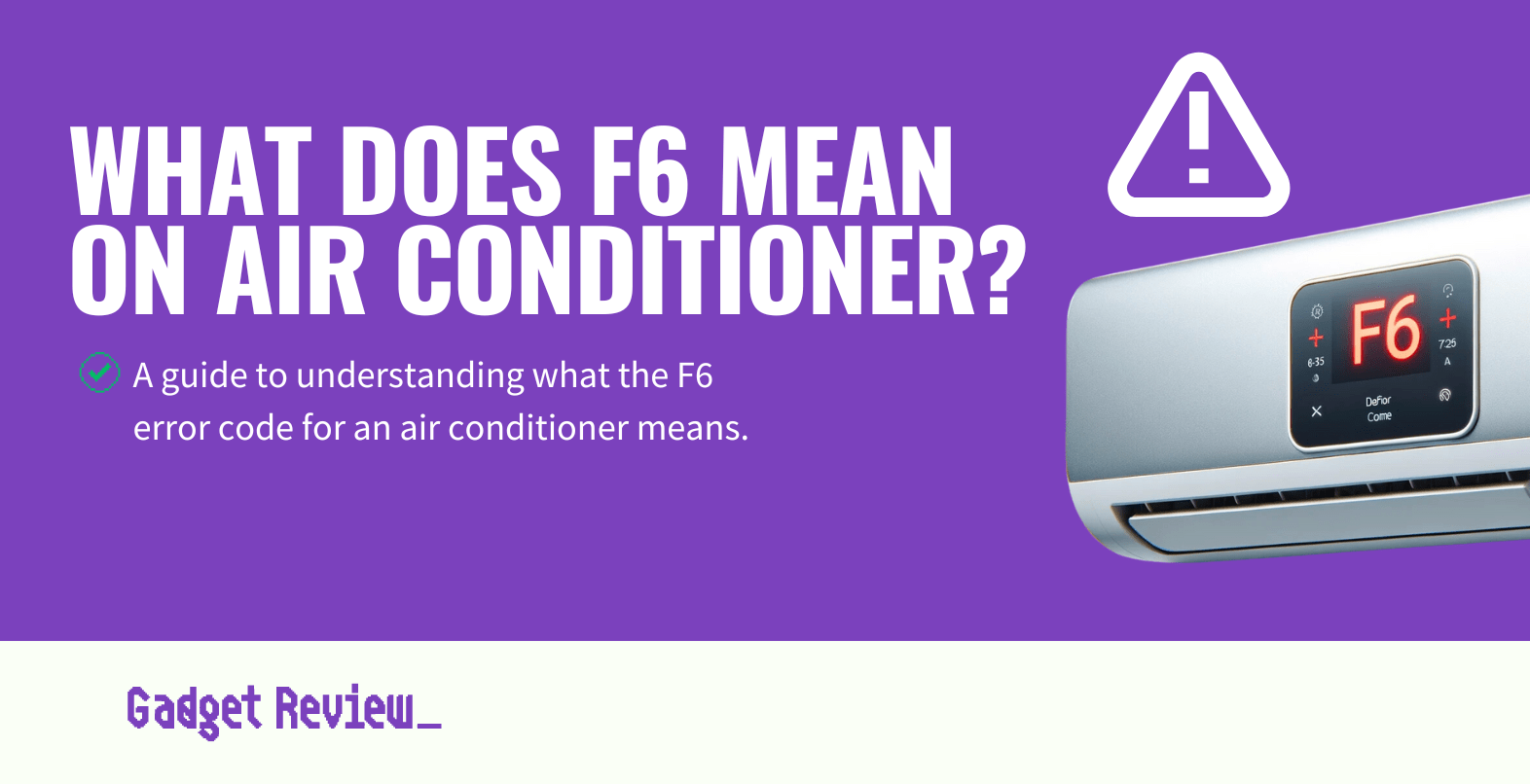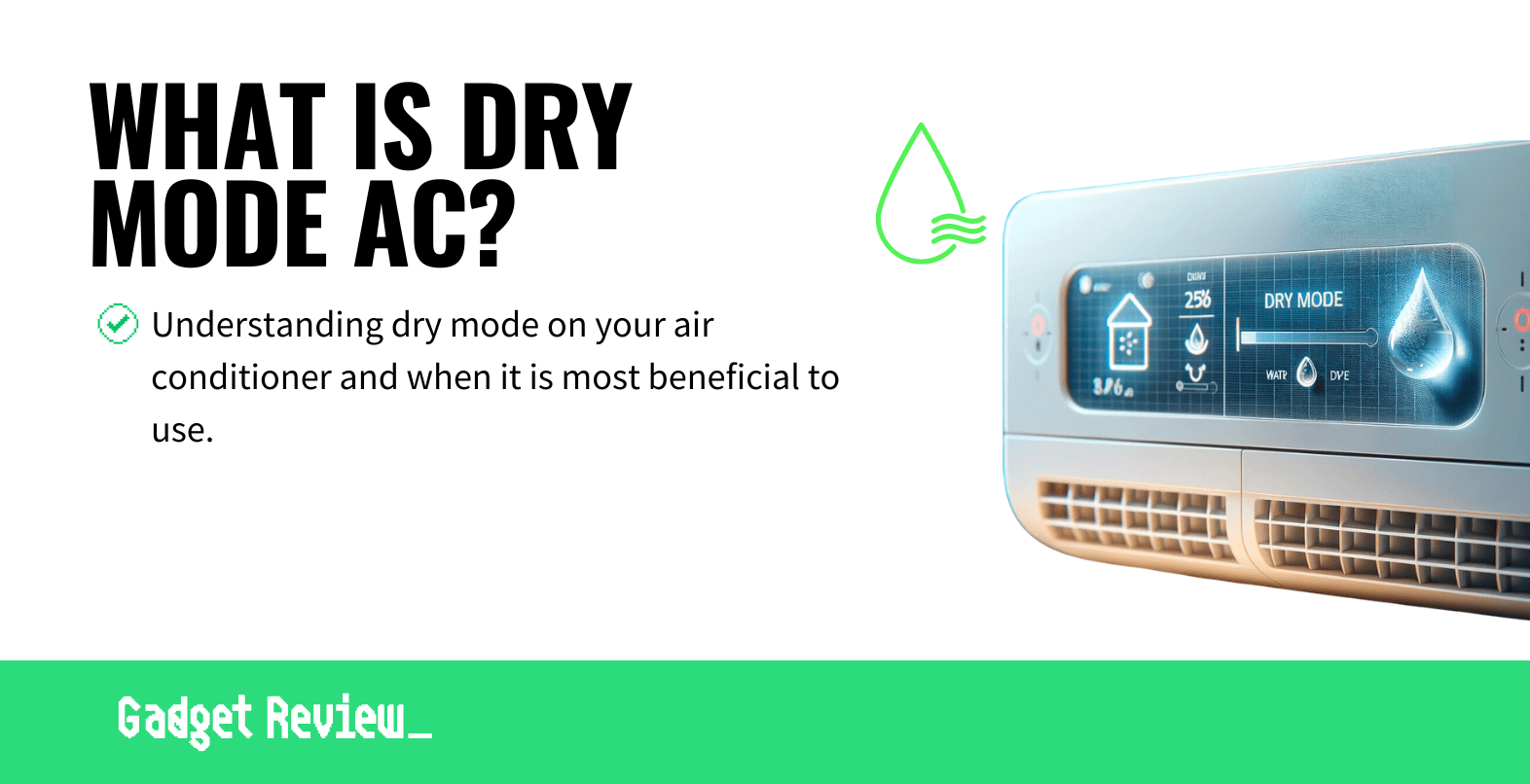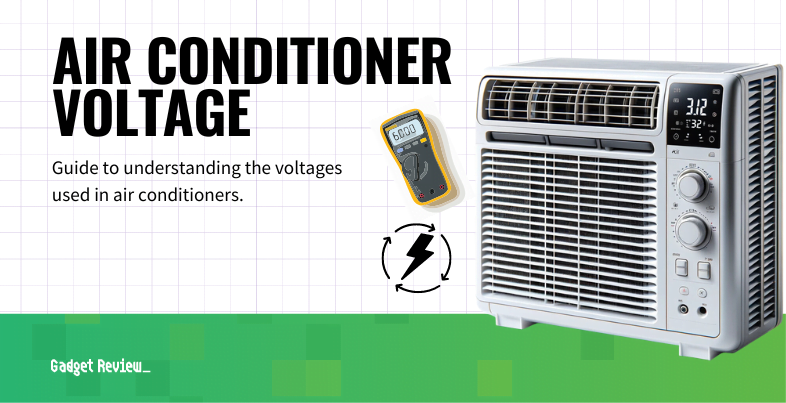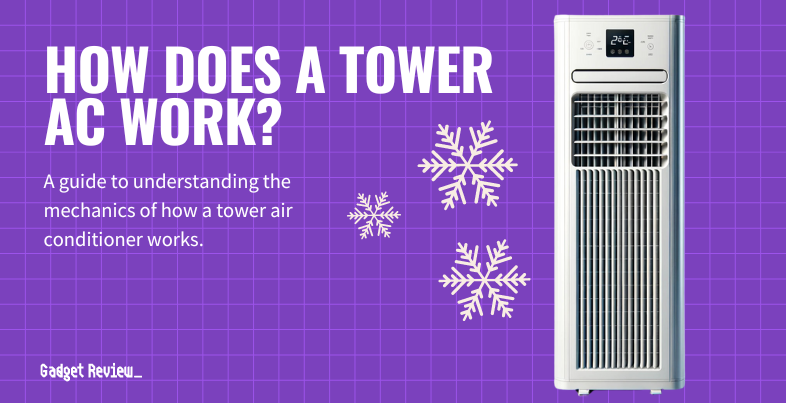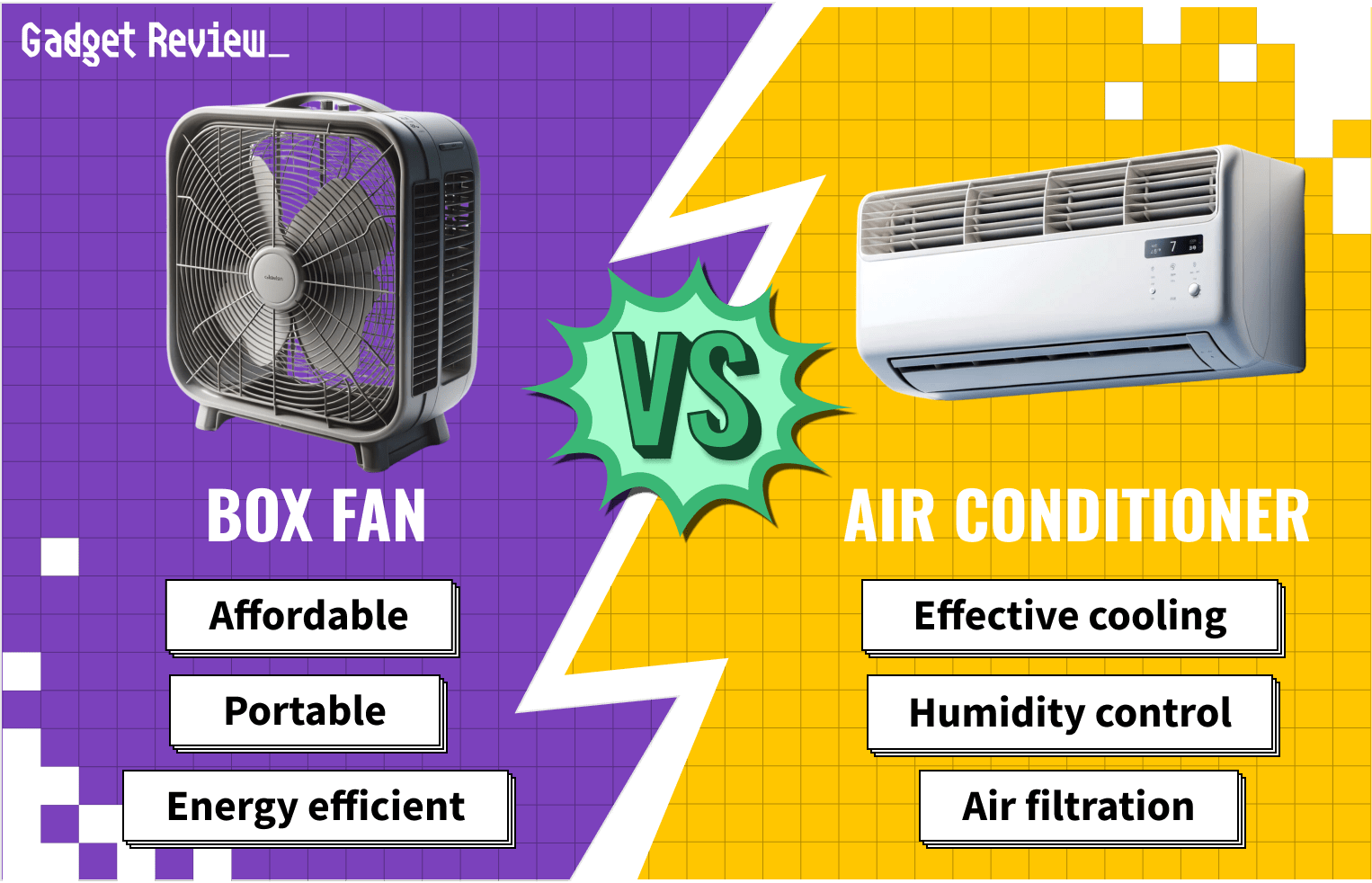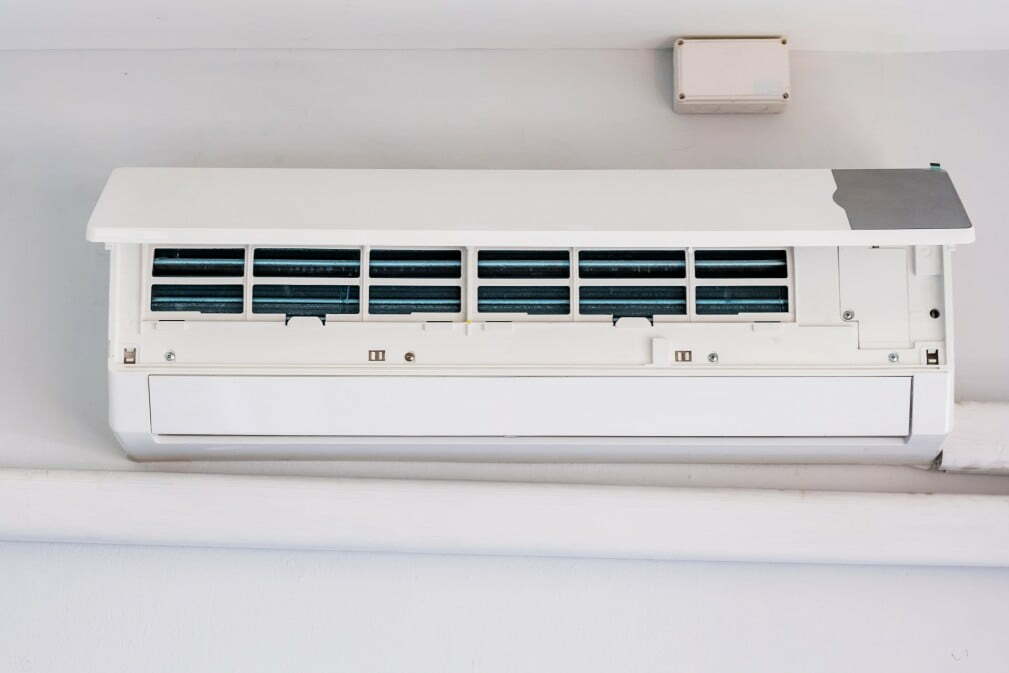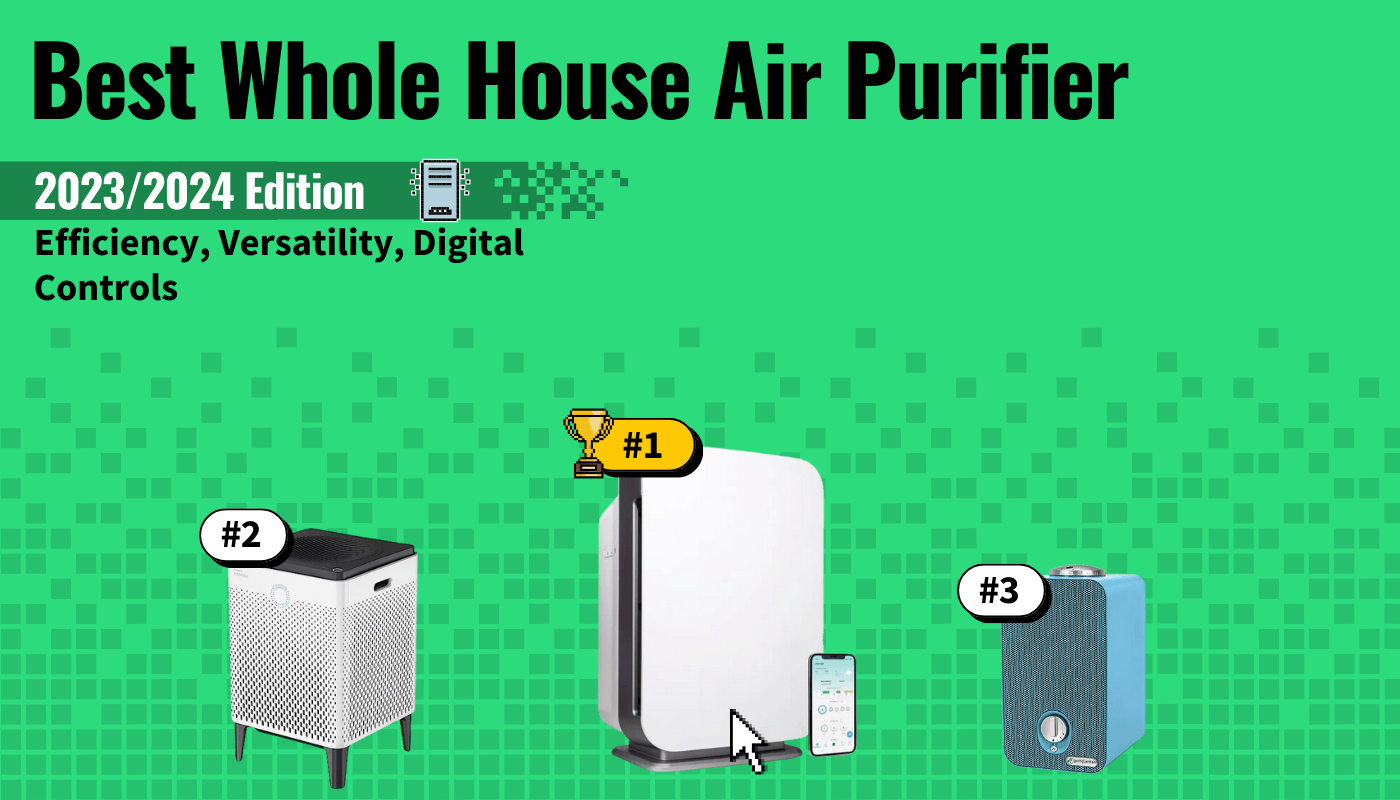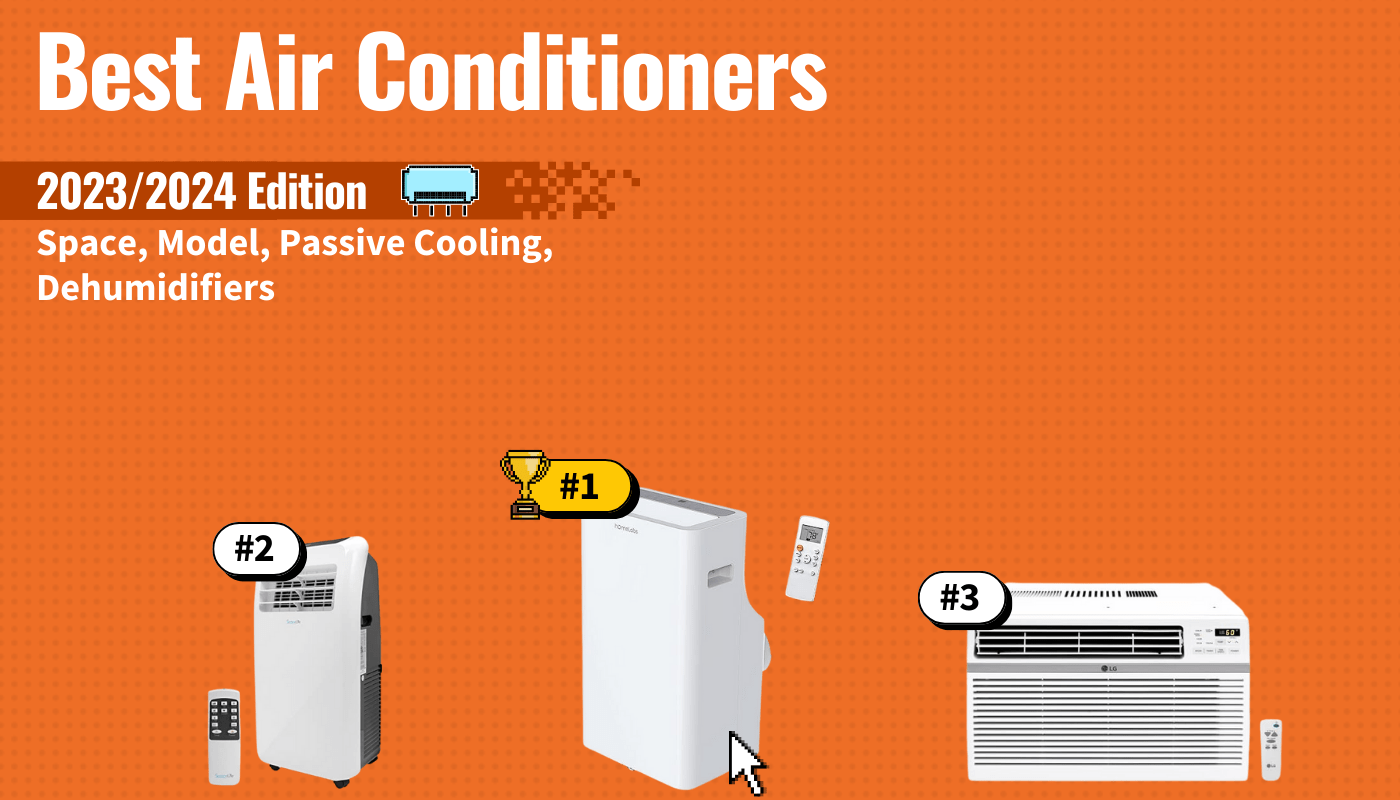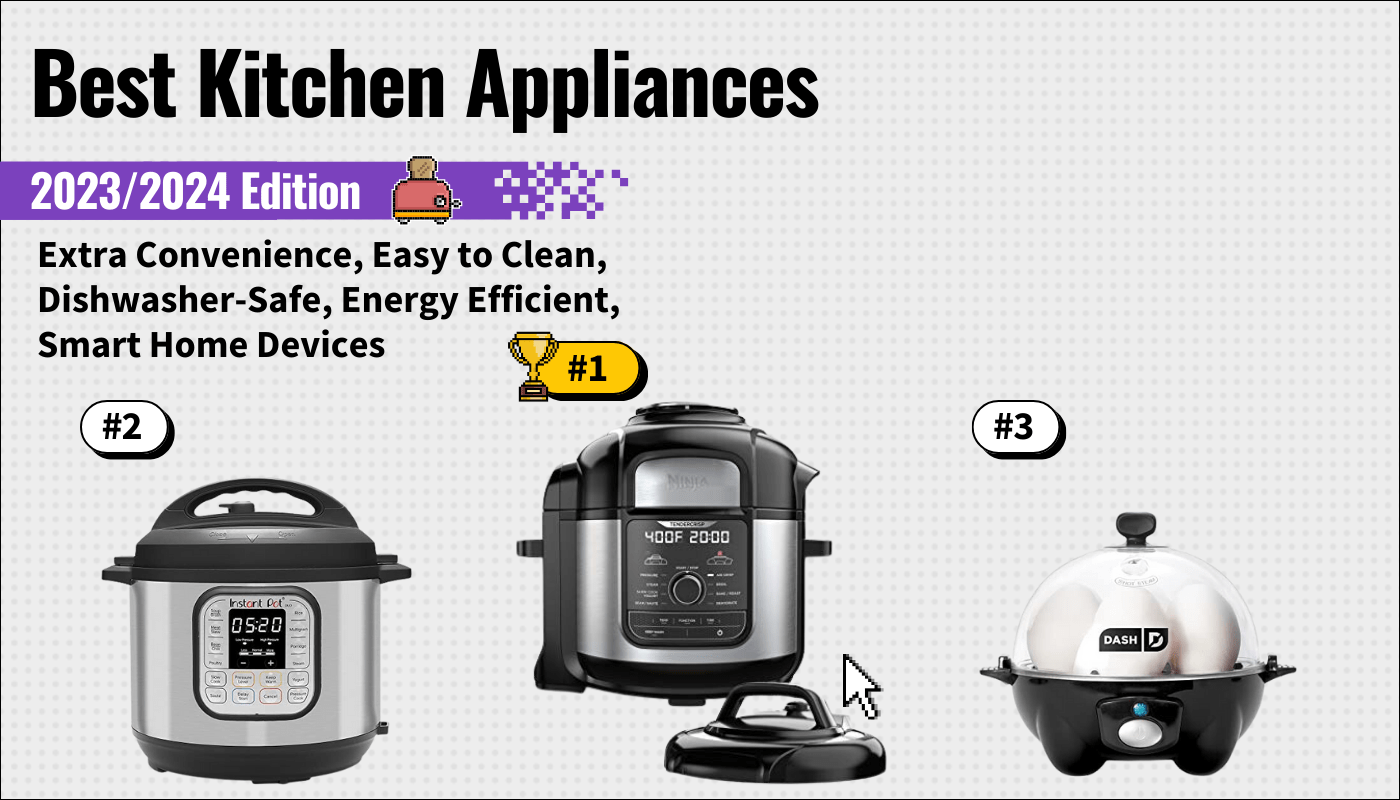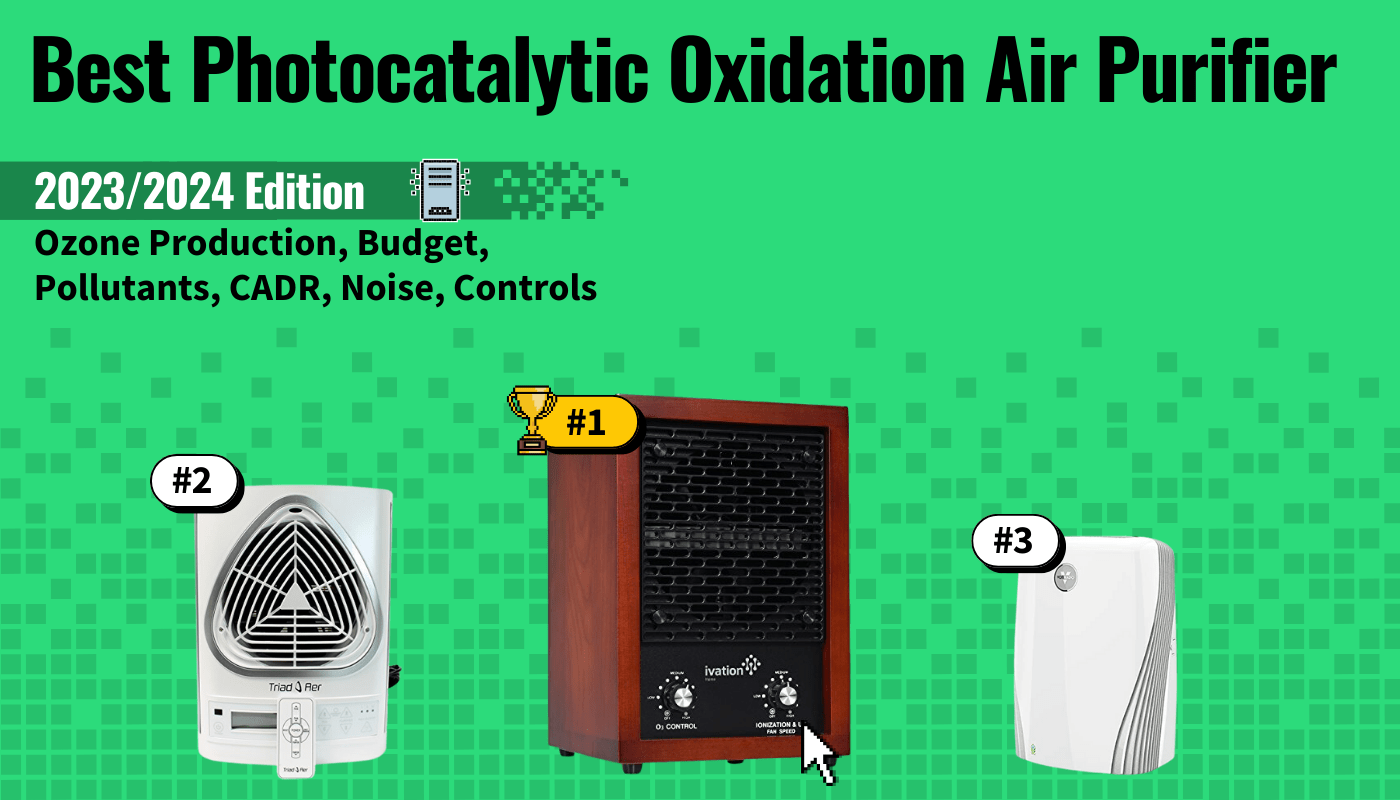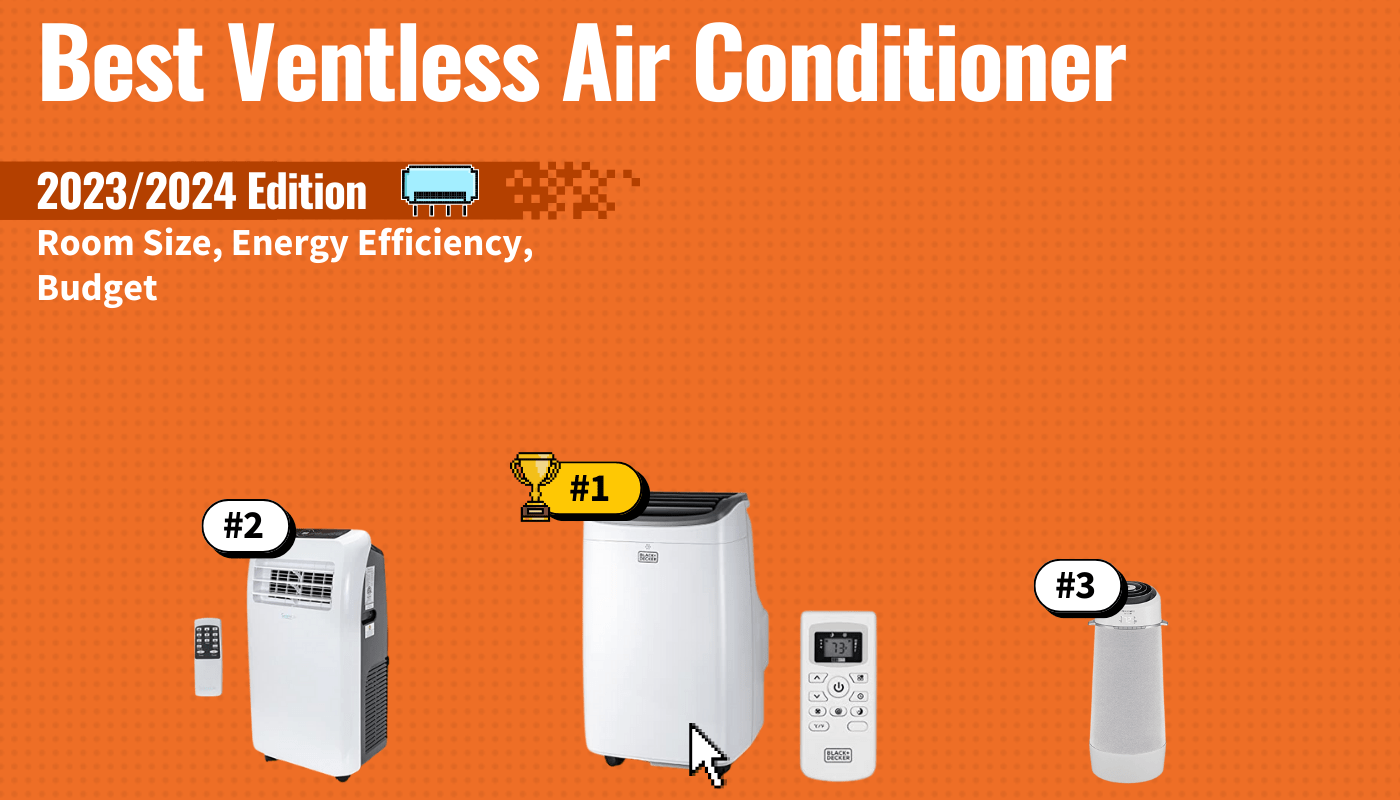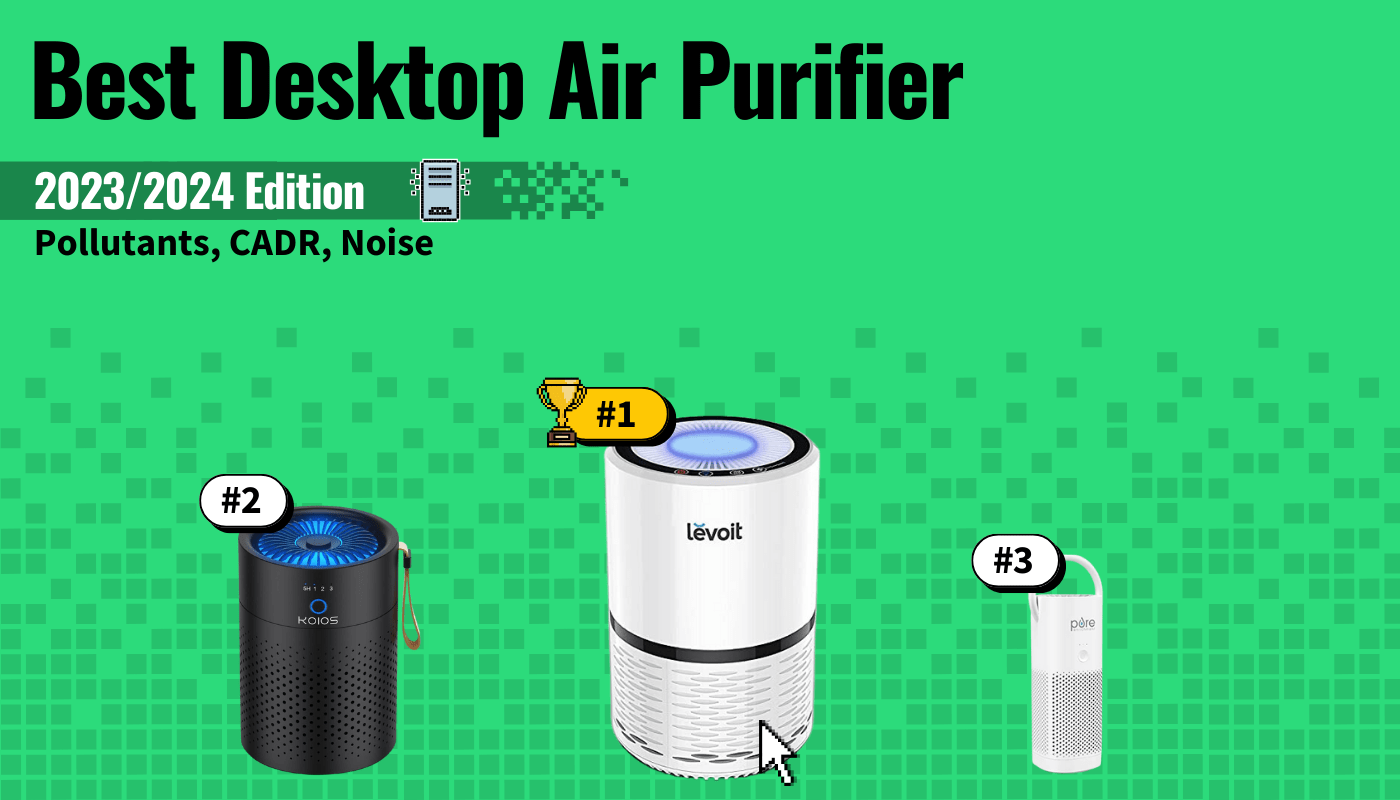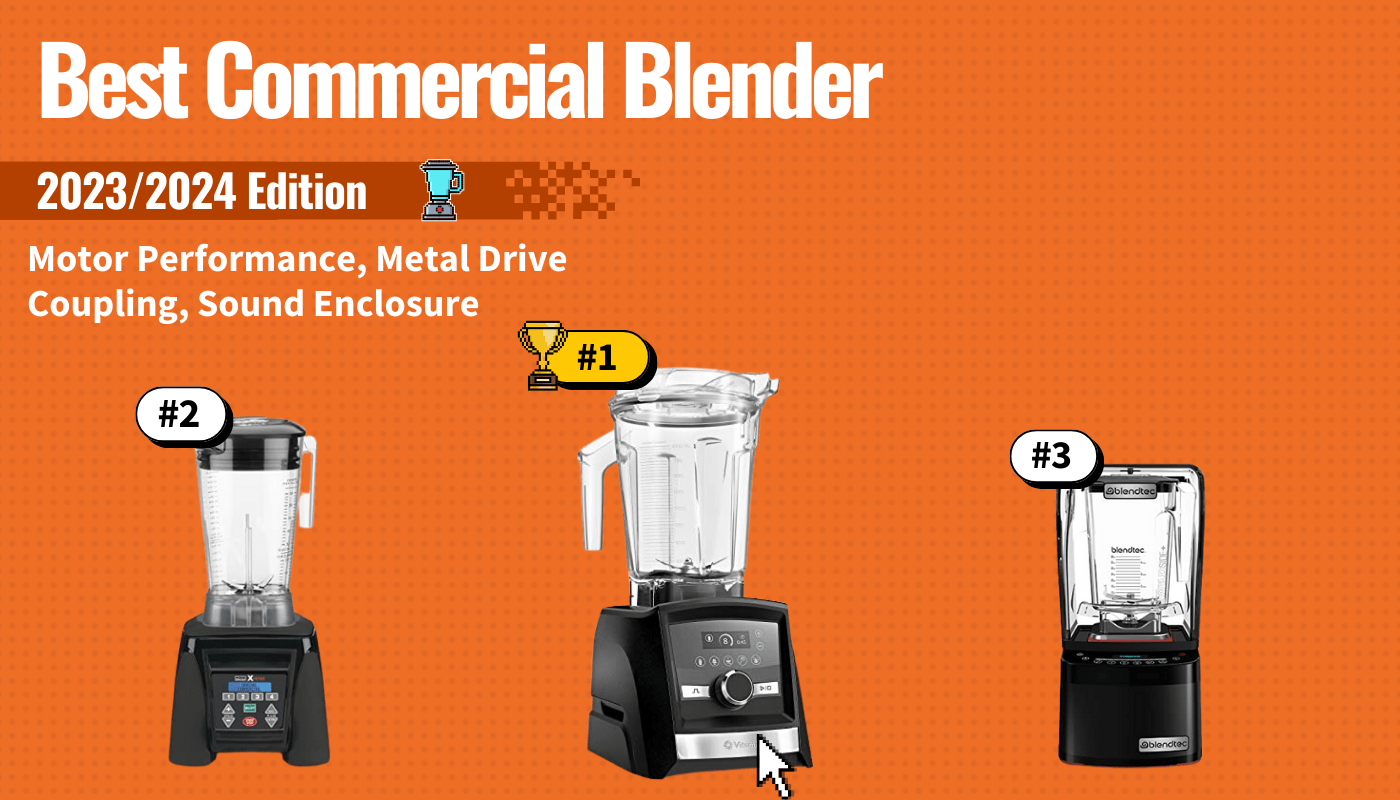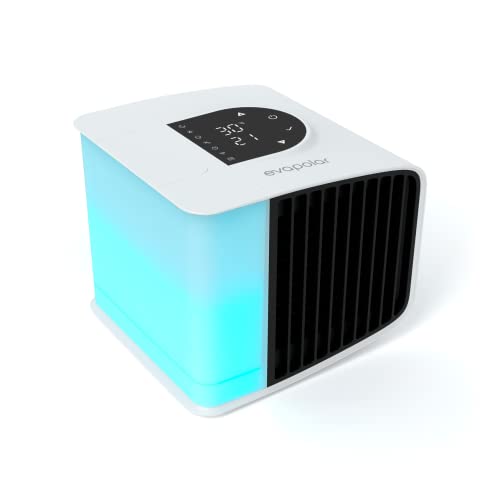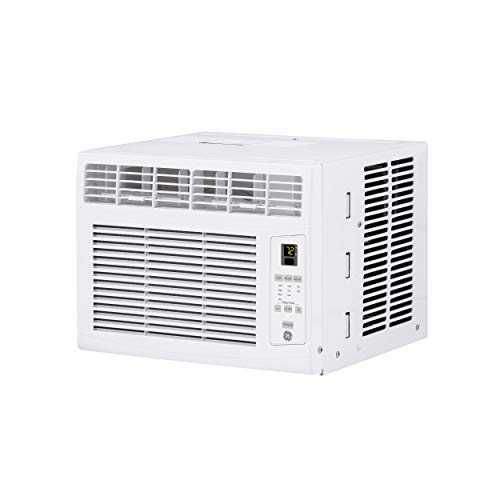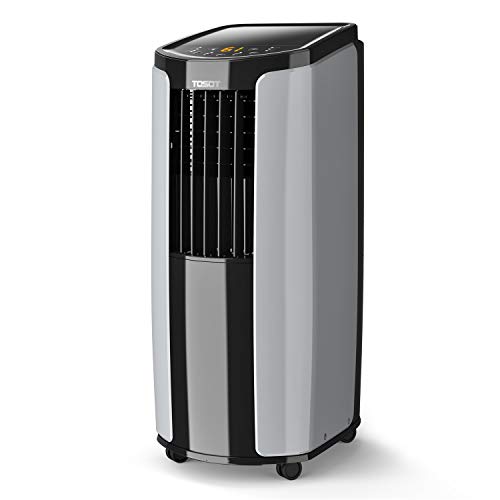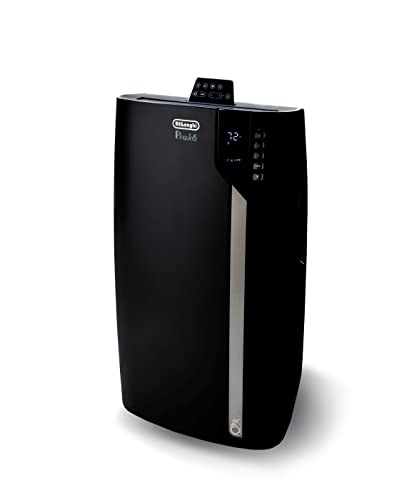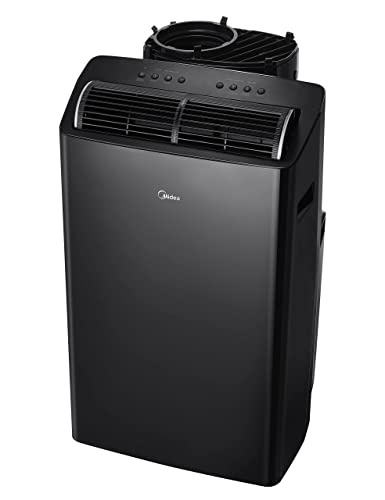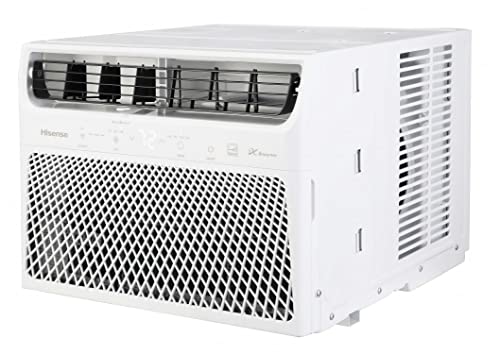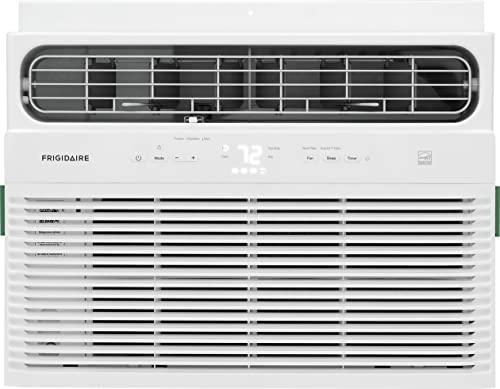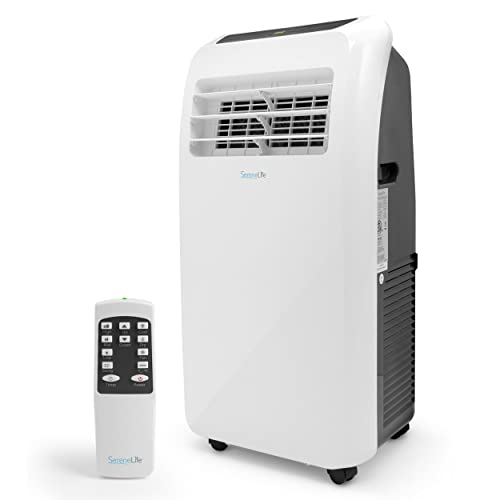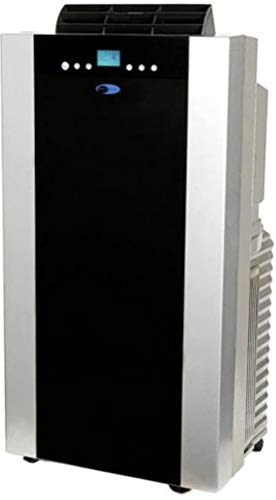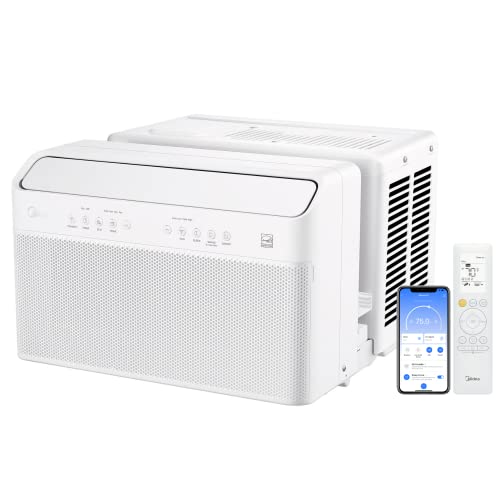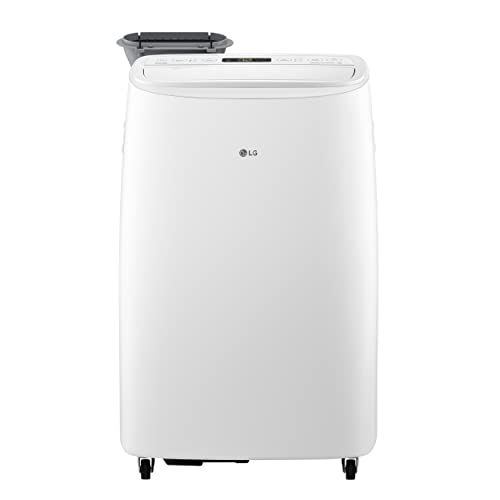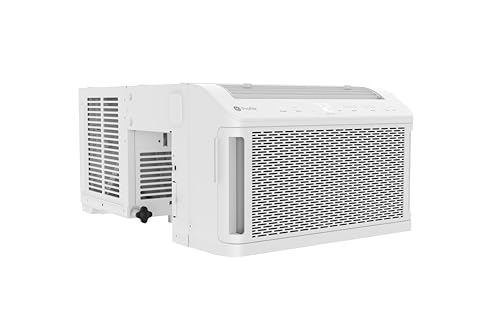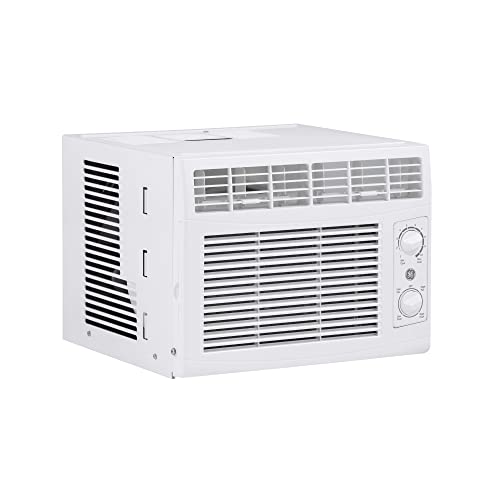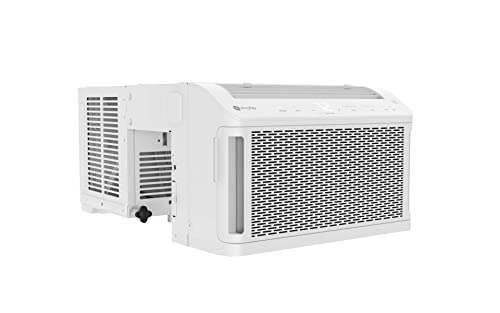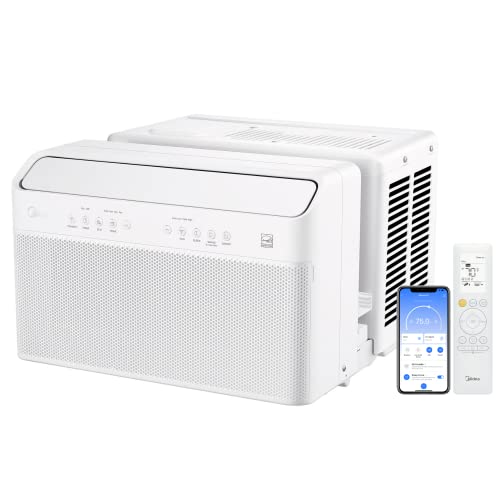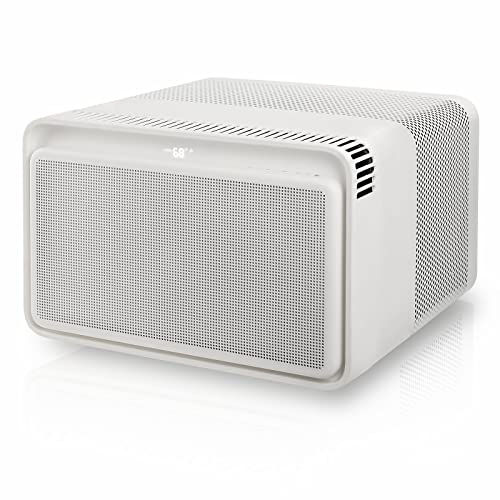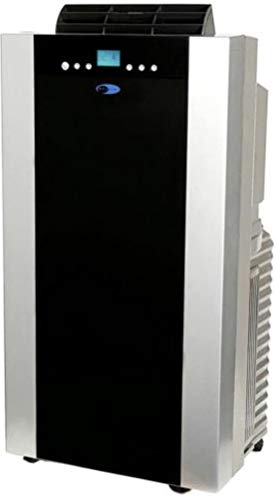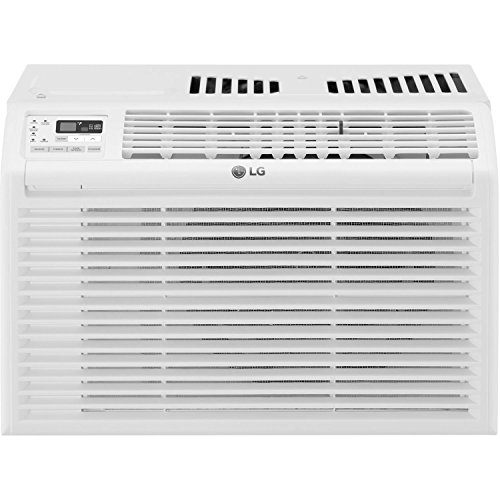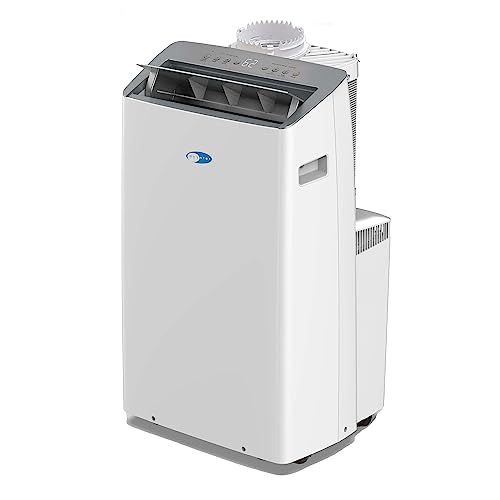If you feel like your AC system isn’t working well, you may ask, “Why is my AC compressor not working?” Like many other issues with the best air conditioner, you may experience various complications with your compressor. When your compressor malfunctions or dies, it’s disastrous to your entire system since professionals widely consider the compressor at the beginning of the air conditioning cycle. There are numerous reasons this can happen, from a lack of power to dirty coils or faulty wiring. Keep reading to learn more.
Key Takeaways_
- An AC compressor may become faulty due to overheating or other complications.
- Check the power to your AC before calling a maintenance specialist about possibly replacing your compressor.
- Do not try to repair or replace your compressor unless you are certified to do so.
Why Air Conditioner Compressors Stop Working
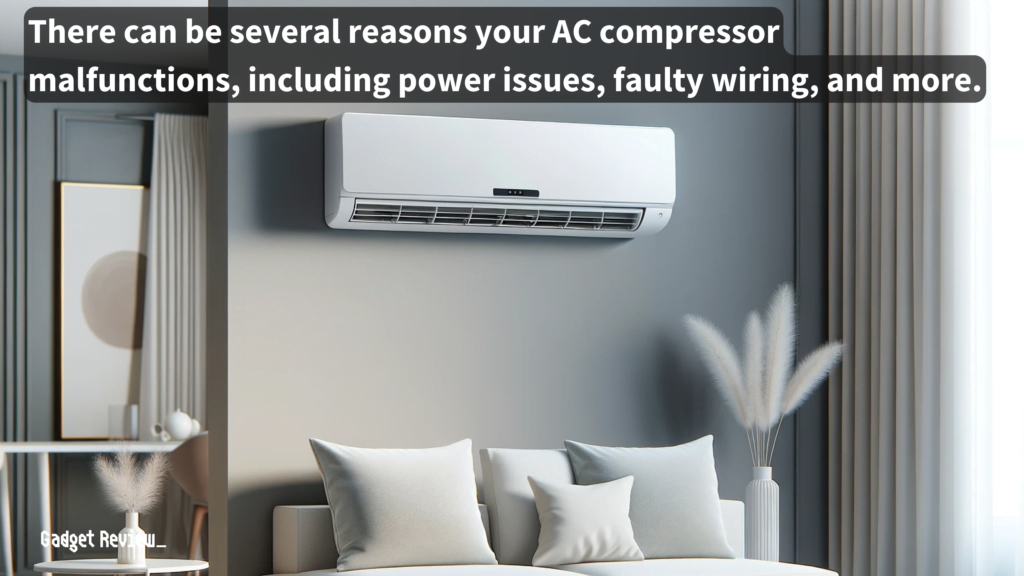
Several factors can cause your AC compressor to remain silent.
- Electrical issues, such as a faulty capacitor or worn starter relays, can disrupt the power flow to the compressor.
- Low refrigerant levels or a refrigerant leak can also cause the compressor to shut down to prevent damage.
- Dirty condenser coils or a blocked condenser can impede heat dissipation, leading to overheating and compressor failure.
- Dirty filters in your air conditioner unit can also restrict airflow, causing the system to work harder and potentially leading to compressor issues.
- Mechanical failures within the compressor itself, such as damaged components or a dead compressor, might require professional air conditioning repair or even compressor replacement.
In contrast to traditional AC systems, tower AC units work by drawing in warm air from the room, cooling it with a refrigerant, and then recirculating the cooled air back into the room, often featuring a tall, freestanding design that makes them suitable for cooling large spaces efficiently.
Troubleshooting Your AC Compressor
Problems such as power issues, faulty wiring, and much more can be the culprit. This compressor in your outdoor unit compresses the cool gaseous refrigerant and increases its heat and pressure before entering the condenser. As a result, the entire system may not work when you have a faulty compressor.
These basic steps can often resolve some common issues with your air conditioner unit without the need for further intervention, saving time and energy costs.
STEP 1 Check Switches and Circuit Breaker
- Ensure the thermostat is set to “cool” and the desired temperature.
- Verify that all switches related to the AC unit, including any external disconnects near the outdoor unit, are in the “ON” position.
- Locate your home’s circuit breaker box and ensure the breaker for the air conditioning unit is not tripped. If it is, flip it to the “ON” position.
STEP 2 Inspect the Capacitor and Starter Relays
- Turn off the power to the AC unit at the breaker box to ensure safety.
- Access the capacitor and starter relays, usually found in the outdoor unit’s access panel.
- Visually inspect the capacitor for bulging, leaks, or other signs of damage. Check the starter relays for any visible wear or burn marks.
STEP 3 Use a Multimeter to Check Electrical Connections
- With the power still off, use a multimeter set to the continuity setting to check the electrical connections and wires leading to the compressor.
- Look for any breaks in continuity that would indicate a faulty wire or connection.
STEP 4 Check for Refrigerant Issues
- Visually inspect the refrigerant lines for any signs of damage or leaks, such as oil spots or hissing sounds.
- Check the connections and suction lines for tightness and signs of wear.
- Remember, dealing with refrigerant directly should be done by a professional due to its hazardous nature and the need for specialized equipment.
STEP 5 Listen for Strange Noises and Look for Visible Damage
- With the power back on, listen for any unusual noises coming from the compressor or condenser fan when the AC unit is running.
- Check for visible signs of damage or wear on the compressor, condenser fan, and other accessible components.
- When troubleshooting dual-zone air conditioning problems, it’s important to check if both zones are receiving adequate airflow and cooling, as issues like blocked ducts or incorrect thermostat settings can lead to uneven temperatures between zones.
Call a Professional Technician
- If at any point you notice strange noises or visible damage, or if the compressor remains non-operational despite your troubleshooting efforts, it’s time to call in a professional HVAC technician.
- Professional technicians have the expertise and tools necessary to safely and effectively diagnose and repair complex issues with your AC unit.
Understanding Your AC Compressor
The compressor is the heart of your air conditioning system, pumping refrigerant fluid through the unit to remove heat from your home.
It’s a vital component in the refrigeration cycle, moving refrigerant between the indoor evaporator and the outdoor condenser unit. This process changes the refrigerant from gas to liquid and back, effectively pulling heat from the indoor air and releasing it outdoors.
A well-functioning compressor is crucial for efficient air conditioning, making any issues with it a significant concern.
Recognizing the role and importance of the compressor can help homeowners appreciate the need for regular maintenance and prompt attention to any signs of trouble.
Preventive Maintenance Tips
Regular maintenance is key to preventing compressor issues and ensuring the longevity of your air conditioning system.
Clean or replace dirty filters regularly to maintain proper airflow. Keep the area around the outdoor unit clear of debris and foliage, and ensure the condenser coils are clean.
Schedule annual maintenance checks with professional technicians to inspect the entire unit, including refrigerant levels, electrical connections, and the condition of the evaporator and condenser coils.
insider tip
Regular maintenance can help you avoid some causes of faulty or dead compressors.
This proactive approach can help avoid unexpected breakdowns, reduce energy and installation costs, and extend the life of your air conditioning installation.
An AC compressor not turning on can be a daunting issue, but understanding the common reasons and knowing how to troubleshoot can empower homeowners to address the problem effectively.
Remember, while many issues can be resolved with simple steps, some problems require the expertise of professional technicians.
Regular maintenance is the best defense against compressor failure, ensuring your air conditioning unit operates efficiently and keeps you cool through hot summers.

